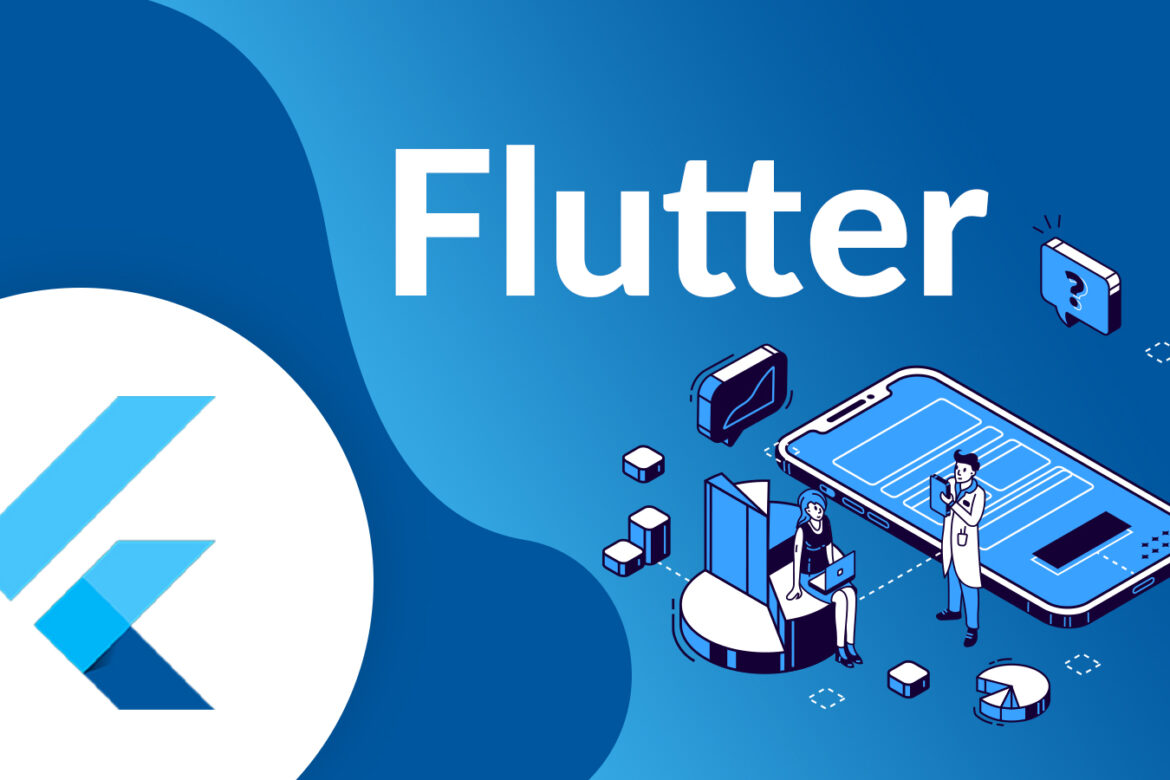
Flutter is an open-source UI (User Interface) framework developed by Google. It allows developers to build high-quality native applications for multiple platforms using a single codebase. Here are some key aspects and features of Flutter:
- Cross-platform development: Flutter enables developers to write code once and deploy it on multiple platforms, including iOS, Android, web, desktop, and even embedded devices. This saves development time and effort, as it eliminates the need to develop separate codebases for different platforms.
- Fast and expressive UI: Flutter provides a fast and reactive framework for building beautiful and smooth user interfaces. It offers a rich set of pre-designed widgets and layout options, as well as customizable UI components, allowing developers to create visually appealing and responsive apps.
- Hot Reload: Flutter’s Hot Reload feature allows developers to make changes to the code and instantly see the results in the app without restarting or losing the app state. This significantly speeds up the development and debugging process, as it provides a rapid feedback loop.
- Dart programming language: Flutter uses the Dart programming language, which is also developed by Google. Dart is an object-oriented language with a modern syntax, and it provides features like a just-in-time (JIT) compiler and ahead-of-time (AOT) compilation. Dart is easy to learn and offers great tooling support for Flutter development.
- Widget-based architecture: Flutter follows a widget-based architecture, where the entire UI is built using widgets. Widgets are reusable UI components that describe part of the user interface. Flutter provides a wide range of built-in widgets, and developers can also create their own custom widgets. This modular approach makes UI development flexible and efficient.
- Native performance: Flutter apps are compiled to native code, which allows them to achieve high performance and deliver a native-like experience to users. Flutter’s rendering engine eliminates the need for a JavaScript bridge, resulting in faster startup times and smoother animations.
- Access to device features and APIs: Flutter provides a comprehensive set of plugins and packages that give developers access to device features, such as camera, geolocation, sensors, and more. These plugins allow Flutter apps to interact with platform-specific APIs and provide a seamless user experience.
- Strong developer community and ecosystem: Flutter has a vibrant and growing developer community, with active contributions from Google and the open-source community. There are numerous packages and libraries available in the Flutter ecosystem, which extend the framework’s functionality and provide ready-to-use solutions for common app development tasks.
- Integration with Firebase: Firebase, Google’s mobile and web development platform, integrates well with Flutter. Developers can easily leverage Firebase’s backend services, including authentication, database, storage, and cloud messaging, to build powerful and scalable applications.
Flutter has gained popularity among developers for its efficiency, fast development cycles, and ability to deliver high-quality cross-platform applications. It is well-suited for building mobile apps, as well as multi-platform projects, and continues to evolve with regular updates and enhancements from the Flutter team and the community.
